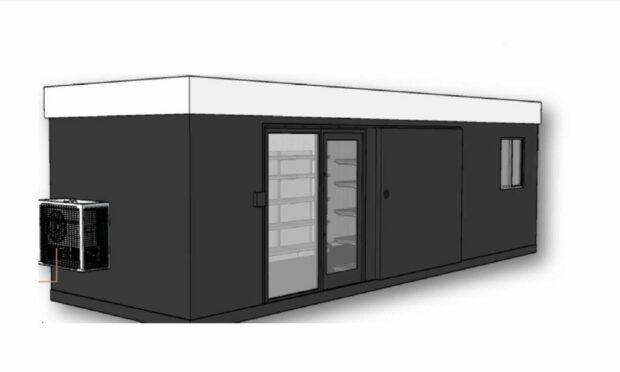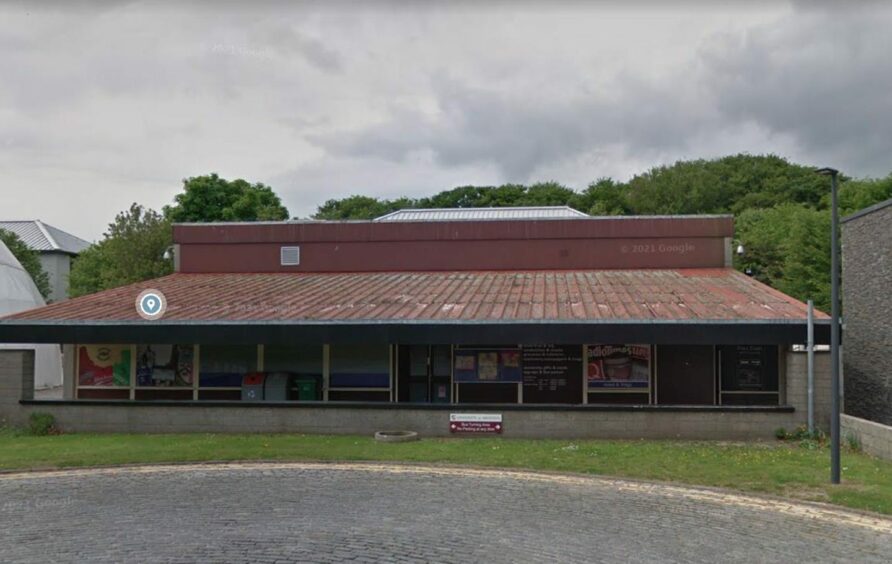Aberdeen University has lodged plans to build a temporary shop near one of its halls of residence amid concerns about the existing building.
Reinforced autoclaved aerated concrete (RAAC) was used between the 1950s and the 1990s as a cheaper and lighter alternative to concrete.
However, the material has now been found to have flaws regarding durability and could crumble, especially when wet.
Hundreds of buildings across the country are now under review, including 78 across the NHS Highland and NHS Grampian’s estates.
RAAC has been found in a number of Aberdeen University’s buildings, including the central building at the Hillhead residences – which houses a shop for the 2,500 students.
The university has stressed that the residential buildings themselves are not affected.
Now the university has submitted plans to Aberdeen City Council for a temporary shop, which would be in place for five years.
The other buildings affected by RAAC at the university were the Regent Building on the Old Aberdeen campus, as well as parts of the Polwarth Building at Foresterhill.
‘One of a number of options’
An Aberdeen University spokeswoman said: “A temporary ‘pop-up’ retail unit is one of a number of options currently being considered to ensure a full range of retail services is available to students at Hillhead.
“As this requires planning permission, an application has been submitted so that it can be developed if it is determined this is the best way to provide a retail service.
“Other options include the repurposing and refreshing of existing buildings to accommodate retail space.”

